Names added.
Extended KTP Trip oct 2013
- Mel
- Global Moderator
- Posts: 26737
- Joined: Sat May 19, 2012 12:31 pm
- Country: Germany
- Location: Föhr
- Contact:
Re: Extended KTP Trip oct 2013
Me - crazy? Neva! 
Names added.
Names added.
God put me on earth to accomplish a certain amount of things. Right now I'm so far behind that I'll never die.
-
Penny
- Posts: 22
- Joined: Sat Mar 29, 2014 7:50 am
- Country: South Africa
- Location: Sheffield Beach, Kwazulu Natal
- Contact:
Re: Extended KTP Trip oct 2013
Hi Mel 
Glad you have id the cheetah photos for Kesheshe please can you explain how you identify the cheetahs?
Glad you have id the cheetah photos for Kesheshe please can you explain how you identify the cheetahs?
- Mel
- Global Moderator
- Posts: 26737
- Joined: Sat May 19, 2012 12:31 pm
- Country: Germany
- Location: Föhr
- Contact:
Re: Extended KTP Trip oct 2013
Penny 
If possible, the first thing I look at is the inner legs and the 'wrinkle' (for the lack of a better word ) between tummy and backleg.
) between tummy and backleg.
If not, I'll search for a distinctive spot pattern and try to match it. I also look at the pattern of the tail, if necessary. And -
as with lots of your photos - at the facial spots.
I always look at different places to make sure, I get my ID correct because from experience I know that there are cheetahs out there
who have similar spot patterns, let's say on the inner leg. But I look at least for one other area to match up. Preferably rather two other
areas, to be sure.
Takes some time and I spent lots of it on this bunch, just to say who is who (i.e. cheetah A, cheetah B, cheetah C, cheetah D).
It was actually AstroMatt who was able to pinpoint them to Durbyl's cubs.
If possible, the first thing I look at is the inner legs and the 'wrinkle' (for the lack of a better word
If not, I'll search for a distinctive spot pattern and try to match it. I also look at the pattern of the tail, if necessary. And -
as with lots of your photos - at the facial spots.
I always look at different places to make sure, I get my ID correct because from experience I know that there are cheetahs out there
who have similar spot patterns, let's say on the inner leg. But I look at least for one other area to match up. Preferably rather two other
areas, to be sure.
Takes some time and I spent lots of it on this bunch, just to say who is who (i.e. cheetah A, cheetah B, cheetah C, cheetah D).
It was actually AstroMatt who was able to pinpoint them to Durbyl's cubs.
God put me on earth to accomplish a certain amount of things. Right now I'm so far behind that I'll never die.
- nan
- Posts: 26445
- Joined: Thu May 31, 2012 9:41 pm
- Country: Switzerland
- Location: Central Europe
- Contact:
Re: Extended KTP Trip oct 2013
sorry Kesheshe... not the good place, I put it in Cheetahs discussion 
Kgalagadi lover… for ever
https://safrounet.piwigo.com/
https://safrounet.piwigo.com/
- Mel
- Global Moderator
- Posts: 26737
- Joined: Sat May 19, 2012 12:31 pm
- Country: Germany
- Location: Föhr
- Contact:
Re: Extended KTP Trip oct 2013
Yeah... Lots of practice...Penny wrote:Thanks Mel appreciate the explanation
Will have to practice
God put me on earth to accomplish a certain amount of things. Right now I'm so far behind that I'll never die.
Re: Extended KTP Trip oct 2013
Day 8 - 10th October - (Continued)
After the fantastic cheetah sighting we continue south back to Grootkolk reaching camp just before 11am. Since we had not had breakfast we elected to have a type of brunch this involved bacon, egg, cheese grillers, tomato and toast. After brunch we chilled around camp and spotted the following:
Stripped Mouse
The seasons in the Succulent Karoo are dictated by the rain that occurs in winter. Winter is pretty cold, with temperatures below zero, which might explain why breeding of the striped mice (and most other animals) only starts in spring. Spring is characterized by a high percentage of plant cover, mainly wildflowers and herbs. In September (spring on the southern Hemisphere), Namaqualand is covered in a colourful coat of yellow, blue and orange, the colours of hundreds of species of wildflowers. However, this richness is of short duration, and in November the country turns desert again. The short season of the plenty determines also the breeding season of the mice. The breeding season is only 3 months long, enabling females to get 2-3 litters.
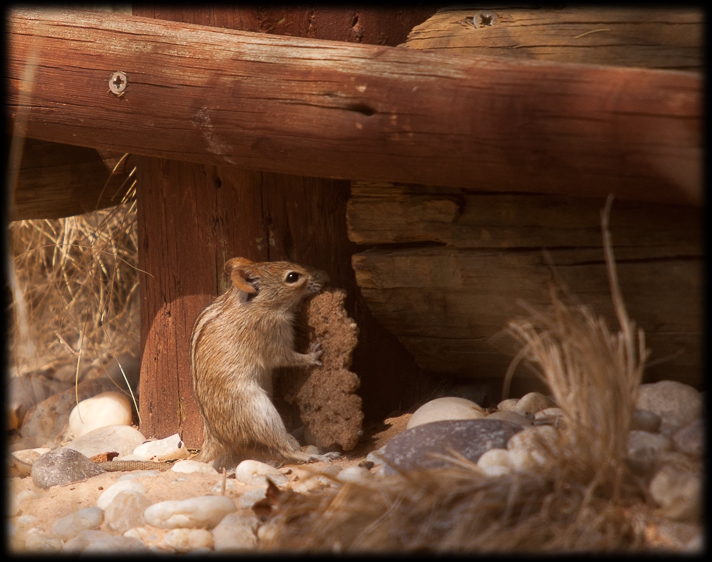
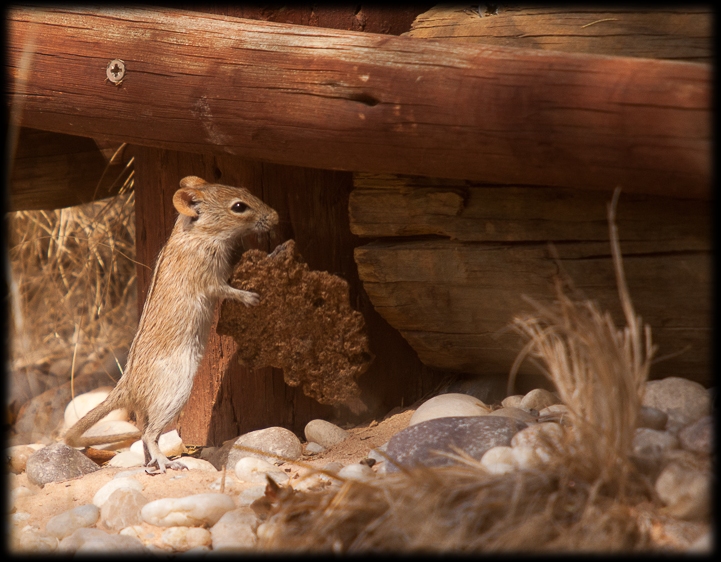
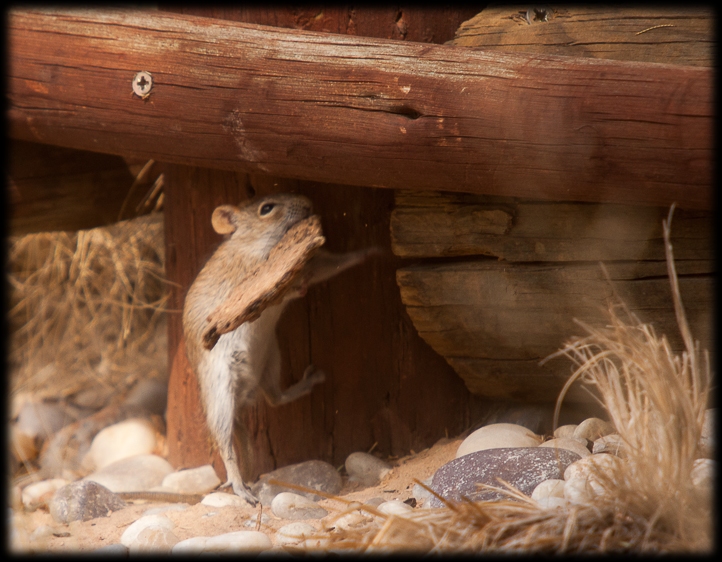

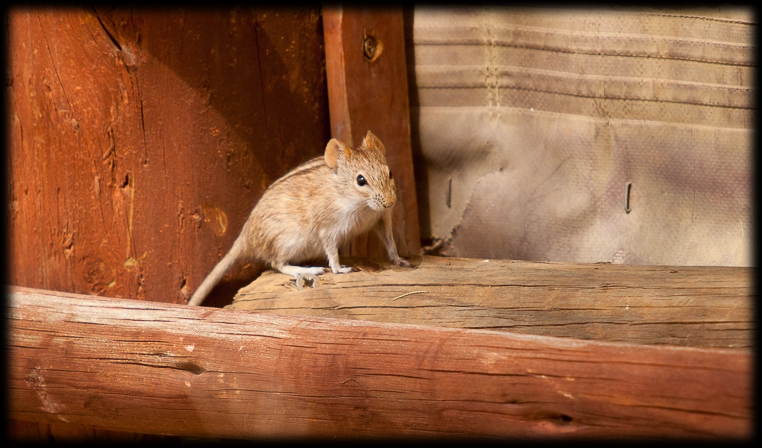


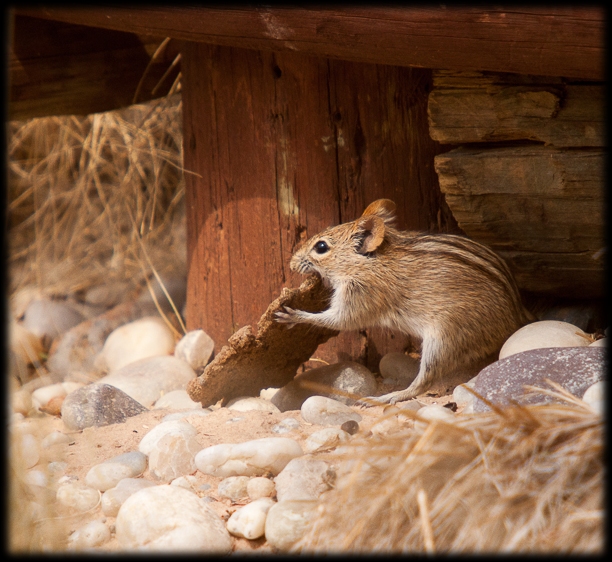


HELP - The mouse appears to be eating this, why, what?
After the fantastic cheetah sighting we continue south back to Grootkolk reaching camp just before 11am. Since we had not had breakfast we elected to have a type of brunch this involved bacon, egg, cheese grillers, tomato and toast. After brunch we chilled around camp and spotted the following:
Stripped Mouse
The seasons in the Succulent Karoo are dictated by the rain that occurs in winter. Winter is pretty cold, with temperatures below zero, which might explain why breeding of the striped mice (and most other animals) only starts in spring. Spring is characterized by a high percentage of plant cover, mainly wildflowers and herbs. In September (spring on the southern Hemisphere), Namaqualand is covered in a colourful coat of yellow, blue and orange, the colours of hundreds of species of wildflowers. However, this richness is of short duration, and in November the country turns desert again. The short season of the plenty determines also the breeding season of the mice. The breeding season is only 3 months long, enabling females to get 2-3 litters.










HELP - The mouse appears to be eating this, why, what?
Re: Extended KTP Trip oct 2013
Day 8 - 10th October - (Continued)
After being entertained by the mouse we packed the van and departed north to see if we could find the cheetahs. We did find them just about where we had left them. It was now late afternoon and there was a lonely red hartebeest about 500m from them and that was the only animal in sight.
We turned the van off to just watch the cheetah and we had no sooner done that they decided to get up. We thought they might be going to the waterhole for a late afternoon drink but instead they started to hunt. We did not know what they were stalking.

Then before we could figure out what was going on they bolted. The one with the limp even tried to run.

The bush was thick but there was no doubt they went after the red hartebeest. They disappeared over the dune at speed and then all we saw was lots of dust so we can only assume they hit the hartebeest.
After being entertained by the mouse we packed the van and departed north to see if we could find the cheetahs. We did find them just about where we had left them. It was now late afternoon and there was a lonely red hartebeest about 500m from them and that was the only animal in sight.
We turned the van off to just watch the cheetah and we had no sooner done that they decided to get up. We thought they might be going to the waterhole for a late afternoon drink but instead they started to hunt. We did not know what they were stalking.

Then before we could figure out what was going on they bolted. The one with the limp even tried to run.

The bush was thick but there was no doubt they went after the red hartebeest. They disappeared over the dune at speed and then all we saw was lots of dust so we can only assume they hit the hartebeest.
Re: Extended KTP Trip oct 2013
Day 8 - 10th October - (Continued)
It was now getting quite late so we headed south back to camp. We first ran into this:
please help with snake ID
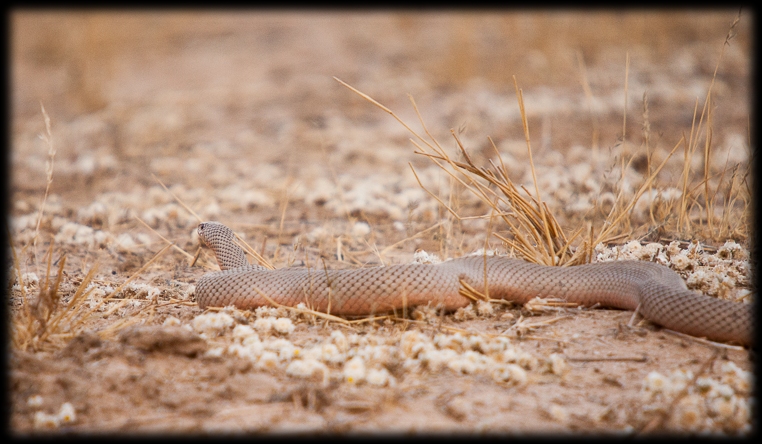
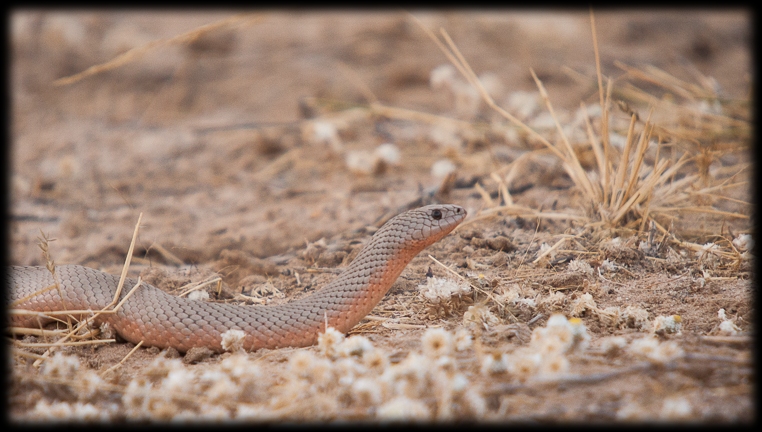
Next on the snakes on the drive back.
Puff Adder
Puff adders are ovoviviparous. Ovoviviparity means that the young develop within an egg, and are nourished by the egg yolk, but instead of being incubated externally, the eggs are retained within the organisms body until they are ready to hatch. The average litter size is between 20-50 young. Litters of 80 young have been recorded on several occasions. The record size of a litter was recorded by a large female which had a litter of 156 young. The young measure between 13-20cm (5.1-7.87in). The gestation period in this species is between 7-9 months although some records show a gestation period over 12 months. Mating usually occurs in spring.

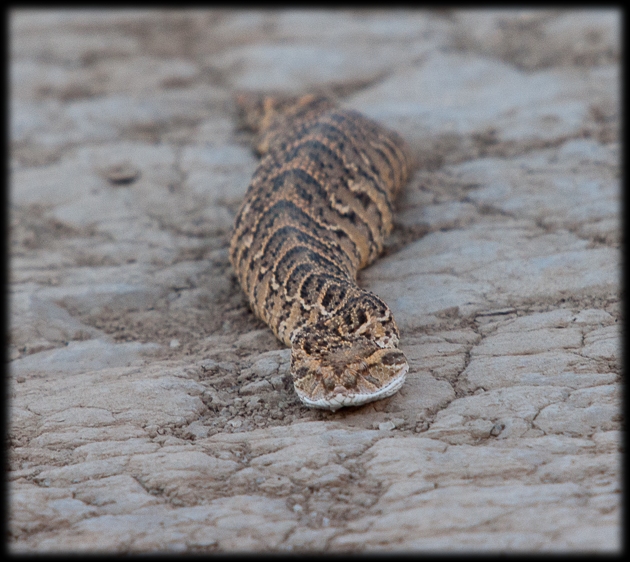
It was now getting quite late so we headed south back to camp. We first ran into this:
please help with snake ID


Next on the snakes on the drive back.
Puff Adder
Puff adders are ovoviviparous. Ovoviviparity means that the young develop within an egg, and are nourished by the egg yolk, but instead of being incubated externally, the eggs are retained within the organisms body until they are ready to hatch. The average litter size is between 20-50 young. Litters of 80 young have been recorded on several occasions. The record size of a litter was recorded by a large female which had a litter of 156 young. The young measure between 13-20cm (5.1-7.87in). The gestation period in this species is between 7-9 months although some records show a gestation period over 12 months. Mating usually occurs in spring.




